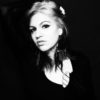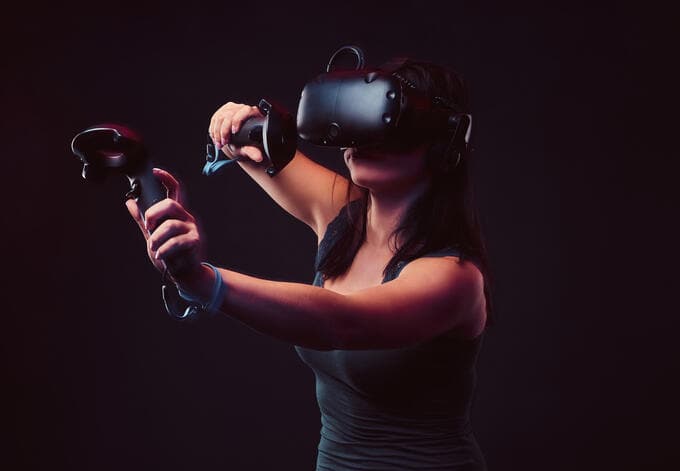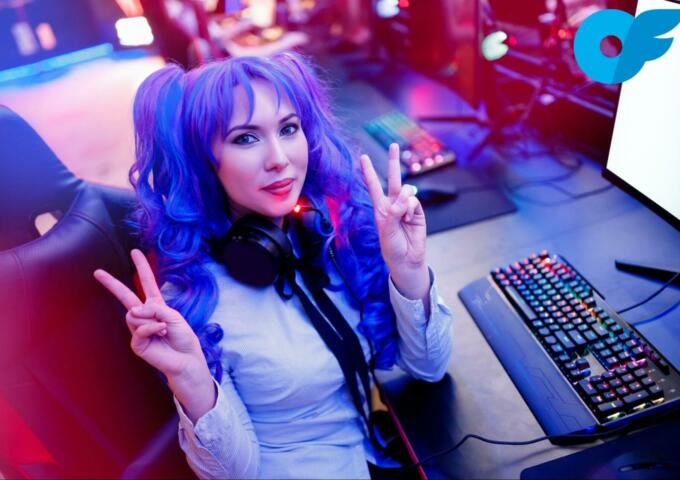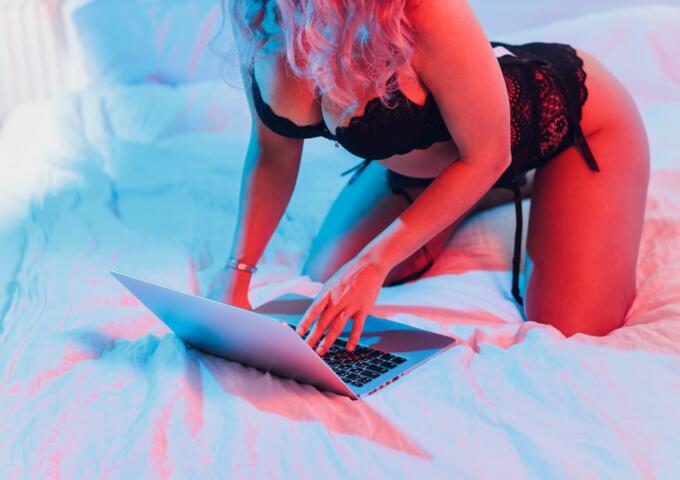Jump To
It’s impossible to discuss bisexuality without bringing up a long list of negative stereotypes.
Myths include the idea that bisexuals are secretly gay, indecisive, spreaders of STIs or incapable of monogamy. There’s a gendered component to these perceptions as well. Bisexual women are presumed to be attention-seeking and may be fetishized by their straight male partners. Bisexual men face perhaps the most social scrutiny and are half as likely to come out as their female counterparts.
Culturally, we are also prone to think in binaries: black and white, male and female, gay and straight. It can be difficult for Americans to fathom existences outside clearly defined boxes. This leads to a lot of denials, mislabeling and non-inclusive language—all of which contribute to bisexual erasure.
Sometimes bisexual erasure is intentional, like when the argument is made that bisexuals don’t exist or that someone can’t be bisexual unless they’ve met some quota of sexual or relationship experience. Other times, it’s more subtle, like the use of the phrase “gay marriage,” which casually removes the possibility either member of the couple might be bisexual.
The problem bleeds into media representation as well.
Last year saw a record number of television characters who are openly LGBT, according to the 2018 GLAAD Where We Are on TV Report. Characters who are attracted to multiple genders, whom the report refers to as Bisexual+, make up around a quarter of the queer representation on broadcast and streaming shows.
Yet TV’s portrayal doesn’t match reality. Depending on the survey, bisexuals actually outnumber gay men and lesbians combined. This majority is likely to increase in the future: the younger the participants in a survey, the more likely they are to identify as something other than exclusively gay or straight.
In the last several years, more and more famous artists are identifying as bisexual, pansexual or sexually fluid. Celebrities like Janelle Monae, Lady Gaga, Arianna Grande and Frank Ocean have made headlines by acknowledging their dating interests aren’t limited by gender.
Despite this real-world prevalence and increasing visibility, representation is still incredibly rare in many arenas, especially in corporate and governmental leadership. In 2015, Oregon’s Kate Brown was elected the first openly bisexual state governor. This year, Arizona’s Kyrsten Sinema made history as the first openly bisexual US Senator. Inga Beale, CEO of Lloyds of London, is one of the only openly bisexual corporate executives. According to the Human Rights Campaign, bisexuals are far less likely than people of other orientations to come out at work.
What accounts for this disparity?
Often, it’s still risky to come out as anything other than straight. For those whose communities and industries are less tolerant of diversity, it may not seem worth the risk. Meanwhile, the gay and lesbian community can be comparably unwelcoming, sometimes treating bisexuals as tourists who jettison their queerness when it’s convenient.
According to a survey conducted by Adam and Eve, half of the respondents said they would not date a bisexual person, with women having a harder time with the idea than men. Why does bisexual visibility matter? According to research, there are real-world health ramifications: bisexuals are more likely than other orientations to experience mental health issues, substance abuse, and be the victims of domestic violence.
If they are alienated by both straight and gay culture, bisexuals may feel isolated and invalidated. According to the largest study on the subject to date, based out of La Trobe University in Australia, 80 percent of bisexuals have considered self-harm and one in four have attempted suicide. These impacts may be magnified if the person is also transgender or otherwise gender variant.
What can be done to combat this problem? Medical and mental health professionals need to be aware of the increasing likelihood that their patients might identify as bisexual, and what unique issues this population faces. Openly bisexual role models can help embolden others who are struggling with feeling alone; this is especially true for those who are in business or positions of leadership, not just in entertainment. Organizations and workplaces can be more mindful about inclusivity in their policies, with attention to language choice as a place to start.
At the very minimum, we can respect how people choose to identify and not project preconceived notions onto them.
TWITTER: @TIMAREE_LEIGH
SHORT END OF THE DICK
Under anonymity, these people told us what it’s like living in Philadelphia with a bisexual lifestyle.
“I struggle with it – I hesitate at first to tell straight men that I’m dating because it usually devolves into a request for a threesome. Which, under the right circumstances, hell yeah I’m all for it, but it’s annoying when that’s the first reaction. When I’m in queer spaces, I often am assumed to be straight, which is fine unless people do that thing where they get mad that we’re invading their space and I feel like I need “prove my gayness” to feel welcomed.” – Jamie
“The worst part is attempting to find visibility for your queerness with either gays or lesbians. New friends knowing you’re bisexual, and intentionally portray you as straight to their lesbian or gay partners and friends….I’m an openly proud bisexual polyamorous person, it’s especially offensive if I’ve done the legwork to make myself visible and someone else’s relationship insecurities are something they need to handle WITHIN their relationship…not by erasing bisexual identities.” – Ellyn
“I don’t think I’ve ever told anyone here I’m bi. Out in the LGBT community here, 10+ years and not once said it aloud til this year. And it’s only been to a few close, non-judge Judy friends.” – Erin
“I came out in 2009 while attending high school, and when I came out, so many people started asking me how I knew because they’d been feeling ways they didn’t understand. Same when I came out as non-binary in 2018. For these reasons, I choose to be as open and loud about my identities as I can.” – CJ
“Being bisexual (or pansexual) can be such a challenging identity, because I have felt that I have needed to scream it from the rooftop to risk being called something else. Especially as an AFAB femme, it is a strange dichotomy being seen as straight when I am by myself and gay when I am with my partner by the general public, when in fact I’m neither. Growing up bisexual gave me a feeling of being alone; I did not come out for years because I struggled with whether I was straight or gay. I now have so much pride with the terms bisexual and pansexual (even with their negative stereotypes), but it has been a long road getting here.” – Gracie





